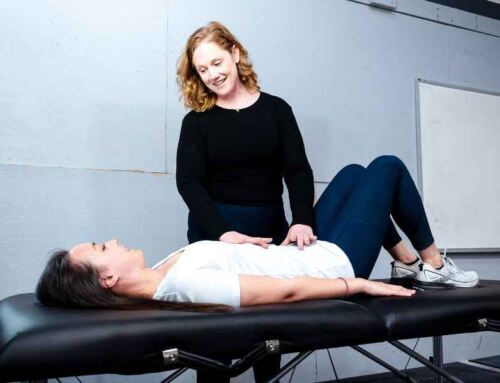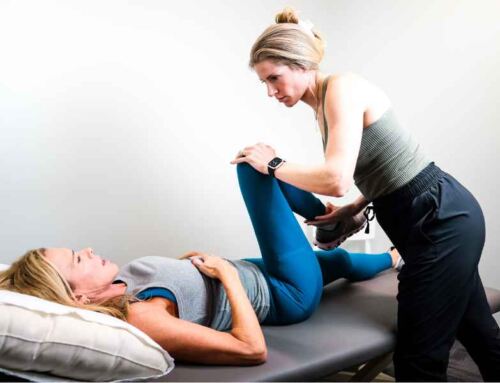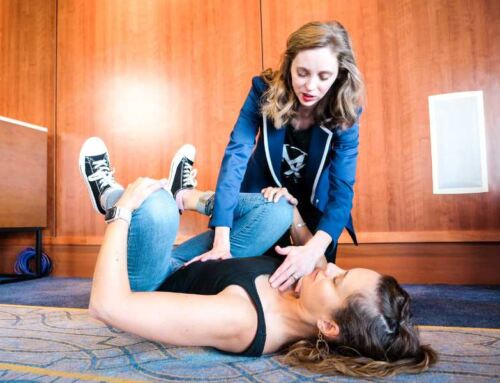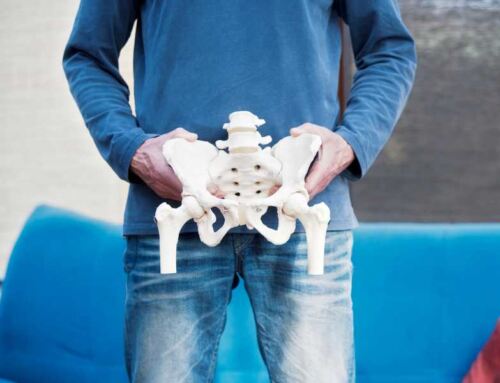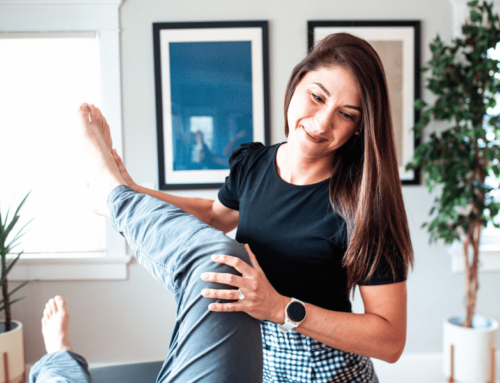DERP: 4 Focus Areas to Help Reduce Constipation
Constipation has affected everyone at some point in their life, some more than others. But what can we do about it? Trying various over-the-counter or prescription laxatives, stool softeners, and even enemas can be time-consuming and expensive, not to mention inconsistently effective. While the underlying mechanisms behind constipation can be many, sometimes it just comes down to how you’re living your life. Before you head to the drug aisle, consider these 4 major things you can address in your day-to-day life to help improve and prevent constipation.
Diet
A diet rich in fiber and proper hydration can significantly improve constipation. Here are some foods and liquids to consider, and how they help.
High Fiber Foods
Raspberries, known for their high fiber content, provide an excellent source of dietary fiber that helps to bulk up stools and promote regular bowel movements. If raspberries aren’t your jam, here’s a great list of other high-fiber foods courtesy of the Mayo Clinic.
Soluble Fibers
Incorporating psyllium husk, a soluble fiber, into your diet can also aid in softening stools and making them easier to pass. Metamucil is a popular brand name that contains psyllium powder, but the key here is to get psyllium husk as this does most of the heavy lifting and tends to lead to more successful results.
Hydration
Adequate hydration is crucial, as water helps to soften stools and keeps the digestive system functioning smoothly. Water is absorbed in the large intestine and if we don’t have enough for all of our other cellular functions, it will get pulled from your intestines leaving your stool dehydrated and harder to pass. So be sure to drink enough water!
Additionally, consuming warm beverages can stimulate bowel movements by helping to relax the digestive tract, making it easier for waste to move through the intestines. Warm tea, coffee, or even soup are all great options to get things moving if you’re feeling blocked up.
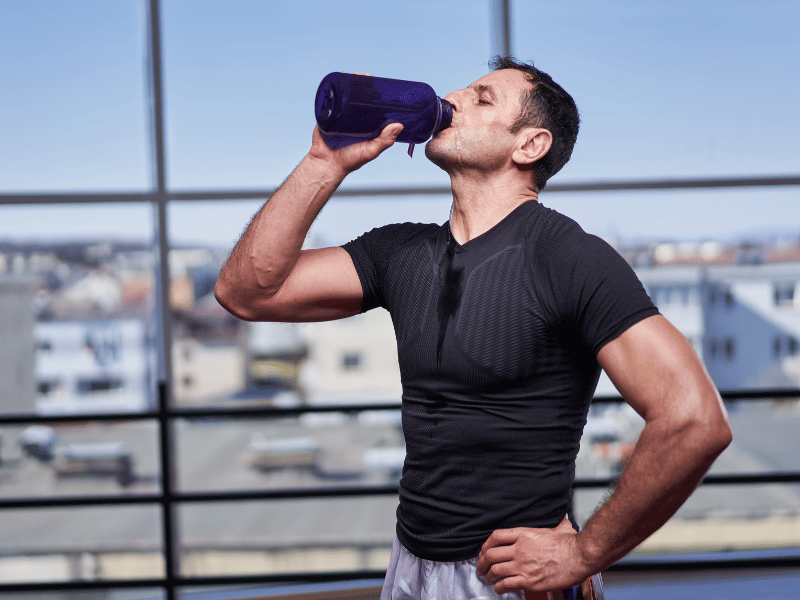
Exercise
Exercise can play a crucial role in alleviating constipation by stimulating the muscles involved in digestion and promoting regular bowel movements. If doing any of these suggestions is physically hard, painful, or not possible for you, you may need to see a skilled physical therapist who can address these issues so you can take your health into your own hands.
Walking
Walking is a simple yet effective way to enhance gastrointestinal motility, as the gentle movement encourages the intestines to contract and move waste through the digestive tract more efficiently. It doesn’t need to be strenuous or lengthy as a simple 10-15 minute stroll around your neighborhood will get things moving.
Trunk Rotation Exercises
Trunk rotation exercises, which involve twisting the torso, can further support this process by massaging the internal organs and helping to release trapped gas or stool. Simple trunk rotations in a chair will do the trick, but some yoga or stretching can enhance those benefits as well.
“I Love You” Massage
Additionally, the “I Love You” abdominal massage, a technique where you gently massage your abdomen in the shape of the letters “I,” “L,” and “U,” can stimulate the colon and improve bowel function, making it easier to pass stools. Doing this for about 5 minutes while lying down or in supported sitting can be extremely effective. A pelvic floor physical therapist can help you better understand how to perform this on yourself for maximal benefits.
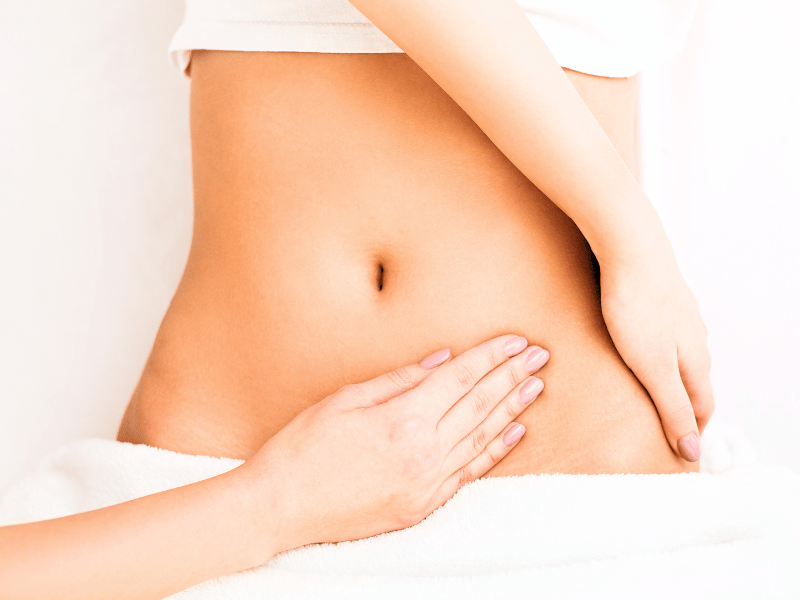
Routine
Establishing a routine and maintaining consistency in your daily habits can significantly improve constipation by training your body to recognize regular bowel movement times.
Having a bowel movement at the same time every day helps to create a predictable pattern for your digestive system, making it easier for your body to respond when it’s time to go.
Timing your bowel movements within 30 minutes of a meal can also be beneficial, as eating triggers the gastrocolic reflex, a natural response that stimulates the colon to move food through the digestive tract.
Additionally, having a bowel movement in the morning aligns with your body’s natural rhythms, as the colon is most active upon waking. Try pairing this with some rotational trunk stretches, a warm coffee or tea, and a brief walk after breakfast to really maximize your digestive function and get things moving.
Positioning
Proper positioning and technique can significantly improve constipation by facilitating a more natural and efficient process of elimination.
Foot Placement on the Toilet
Placing your feet on a stool while seated on the toilet raises your knees above your hips, mimicking a squatting position, which is the body’s natural posture for bowel movements. This position helps to straighten the rectum and align the colon, making it easier for stools to pass without excessive effort.
Pelvic Floor Relaxation
Additionally, focusing on relaxing the pelvic floor muscles is essential, as tension in these muscles can create resistance, making it harder to have a bowel movement. Avoiding straining is equally important, as it can lead to increased pressure in the rectum, potentially causing hemorrhoids or other complications. Try imagining a flower opening up while you unclench the muscles in your pelvis and do some deep breathing. If this doesn’t make sense or seem to help – schedule an appointment with a pelvic floor therapist in your area. Pelvic floor physical therapists are experts in the anatomy and function surrounding the bowel, bladder, and reproductive systems.
Conclusion
Weaving these simple changes into your daily life can drastically improve your bowel movements and quality of life, leaving you feeling less preoccupied, more energetic, and focused on what matters in your life.
When considering what to try, consider the acronym DERP to pay attention to:
- Diet: Try high-fiber foods, soluble fibers, and stay hydrated.
- Exercise: Walking, rotational exercises, and abdominal massages might help.
- Routine: Create regularity in the times you try to go to the bathroom.
- Positioning: While using the toilet, modify your position to help things along.
If you’re still not sure if these things can help or how to implement them, schedule an appointment with one of our pelvic floor specialists to help you get moving again.
References
- National Institute of Diabetes and Digestive and Kidney Diseases. Eating, Diet, & Nutrition for Constipation. National Institute of Diabetes and Digestive and Kidney Diseases. Updated March 2022. Accessed August 8, 2024. https://www.niddk.nih.gov/health-information/digestive-diseases/constipation/eating-diet-nutrition
- Mayo Clinic Staff. High-fiber foods. Mayo Clinic. Published November 4, 2022. Accessed August 8, 2024. https://www.mayoclinic.org/healthy-lifestyle/nutrition-and-healthy-eating/in-depth/high-fiber-foods/art-20050948
- Cleveland Clinic. Psyllium Powder for Solution. Cleveland Clinic. Updated May 2, 2023. Accessed August 8, 2024. https://my.clevelandclinic.org/health/drugs/18922-psyllium-powder-for-solution
- Pucciani F, Raggioli M, Ringressi MN. Usefulness of psyllium in the rehabilitation of obstructed defecation. Tech Coloproctol. 2011;15(4):377-383.
- McClurg D, Lowe-Strong A. Does abdominal massage relieve constipation? Nurs Times. 2011 Mar 29-Apr 4;107(12):20-2. PMID: 21520798.
- Modi, Rohan M. MD*; Hinton, Alice PhD†; Pinkhas, Daniel DO*; Groce, Royce MD, MS‡; Meyer, Marty M. MD‡; Balasubramanian, Gokulakrishnan MD‡; Levine, Edward MD‡; Stanich, Peter P. MD‡. Implementation of a Defecation Posture Modification Device: Impact on Bowel Movement Patterns in Healthy Subjects. Journal of Clinical Gastroenterology 53(3):p 216-219, March 2019. | DOI: 10.1097/MCG.0000000000001143
- Corazziari E. Role of colonic luminal content in the pathophysiology of irritable bowel syndrome. Neurogastroenterol Motil. 2009;21(2):123-132. doi:10.1111/j.1757-5672.2009.00057.x
- Atkinson W, Lockhart S, Whorwell PJ, Keevil B, Houghton LA. Altered 5-hydroxytryptamine signaling in patients with constipation- and diarrhea-predominant irritable bowel syndrome. Gastroenterology. 2006;130(1):34-43. doi:10.1053/j.gastro.2005.10.010.
- Hicks G, Drummond R. Chronic constipation: evaluation and management. Am Fam Physician. 2005;72(11):2277-2284. Accessed August 8, 2024. https://www.aafp.org/pubs/afp/issues/2005/1201/p2277.html
- Pashankar DS. Constipation. In: StatPearls [Internet]. StatPearls Publishing; 2023. Accessed August 8, 2024. https://www.ncbi.nlm.nih.gov/books/NBK549888/
- Belsey J, Greenfield S, Candy D, Geraint M. Systematic review: impact of constipation on quality of life in adults and children. Aliment Pharmacol Ther. 2010 May;31(9):938-49. doi: 10.1111/j.1365-2036.2010.04273.x. Epub 2010 Feb 20. PMID: 20180788.
About the Author
Dr. Mattie Overton is a physical therapist in Durham, North Carolina. With over 15 years experience, she has a track record of helping a wide variety of patients live their best with added expertise in pelvic health, vestibular, and neurological treatments. If you’re looking for an ideal partner on your journey to wellness, look no further than Dr. Mattie Overton.



